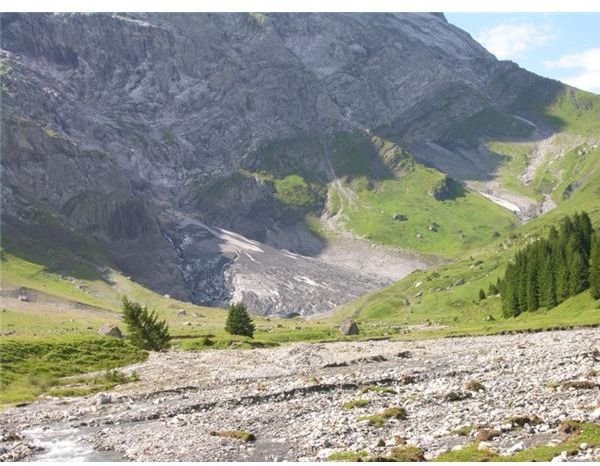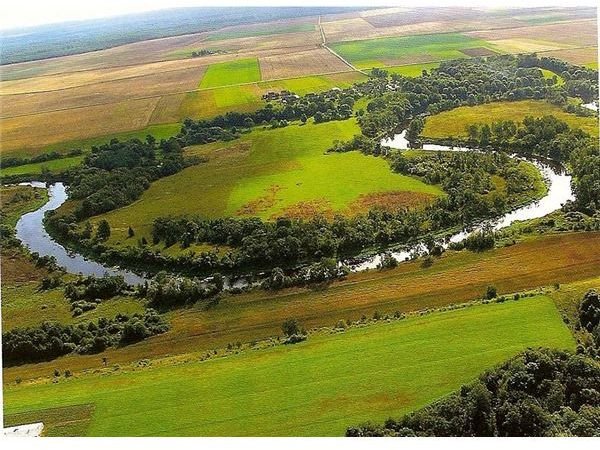Deposition in Rivers: About Erosion and Deposition Processes That Mold Rivers
What’s In A River?
A river can be defined as a body of water that flows downward from its source to its mouth. A river usually ends up in another body of water such as a lake, another river, or an ocean. The water of a river contains solid materials that have been removed as water passes through its bed by a process called erosion. Downstream, these removed solids are dropped and settled by what is called, deposition. Years of erosion and deposition in rivers have created many areas in which agriculture can be practiced with a high degree of sucesss.
Rivers of All Ages
Both erosion and deposition are driven by the potential energy that the water of the river has. If the potential energy is high, then water will be moving rapidly and erosion will be significant. If potential energy is low then erosion will subside and deposition will be more significant. The potential energy of the water is proportional to the height difference among the river’s source and the river’s mouth.

Rivers are formed and molded over time by the processes of erosion, transportation, and deposition of sediment. Rivers “work” the landscape through these natural processes. Moreover, the stage of development of a river is directly linked to the dominating process at that time. Young rivers, for example, are characterized by a V type of valley with lots of falls or dips and rapid courses of water. Due to the steep topography and the high potential energy of the water, erosion is the main process of these rivers. A lot of rock and soil is constantly being removed from the soil in young rivers.
On the contrary, in more mature rivers, the topography is not very steep and the water does not have much energy, thus, erosion is slow. In these older rivers, deposition is the process that prevails. These rivers flow across wide river valleys and “snake” their way across the flat plains. As a result, many loops in the landscape are formed and eventually these loops cut off the river, forming lake-type bodies of water adjacent to the main river. Also, adjacent areas to rivers are often flooded, especially if terrain is a flat plain. These periodic floods deposit a very fine sediment (clay, silt, and gravel) material called alluvium.
The processes of erosion and deposition can be modeled by water engineers so as to predict (using valid data) where water will flow across the landscape. In this way, land usage can be better determined. For example, if an area near a river is predicted to be flooded periodically, then human settlements (cities and towns) should not be allowed. Instead, agricultural or cattle ranging could be permitted in those areas to maximize land usage.
Erosion and deposition in rivers are two necessary processes that shape the land around us. While rivers provide both beauty and resources individually, they also “determine” the way we as humans will be able to use the land they design for both personal and economical uses.
Sources
Processes of River Erosion, Transport, and Deposition
https://serc.carleton.edu/NAGTWorkshops/geomorph/visualizations/erosion_deposition.html
